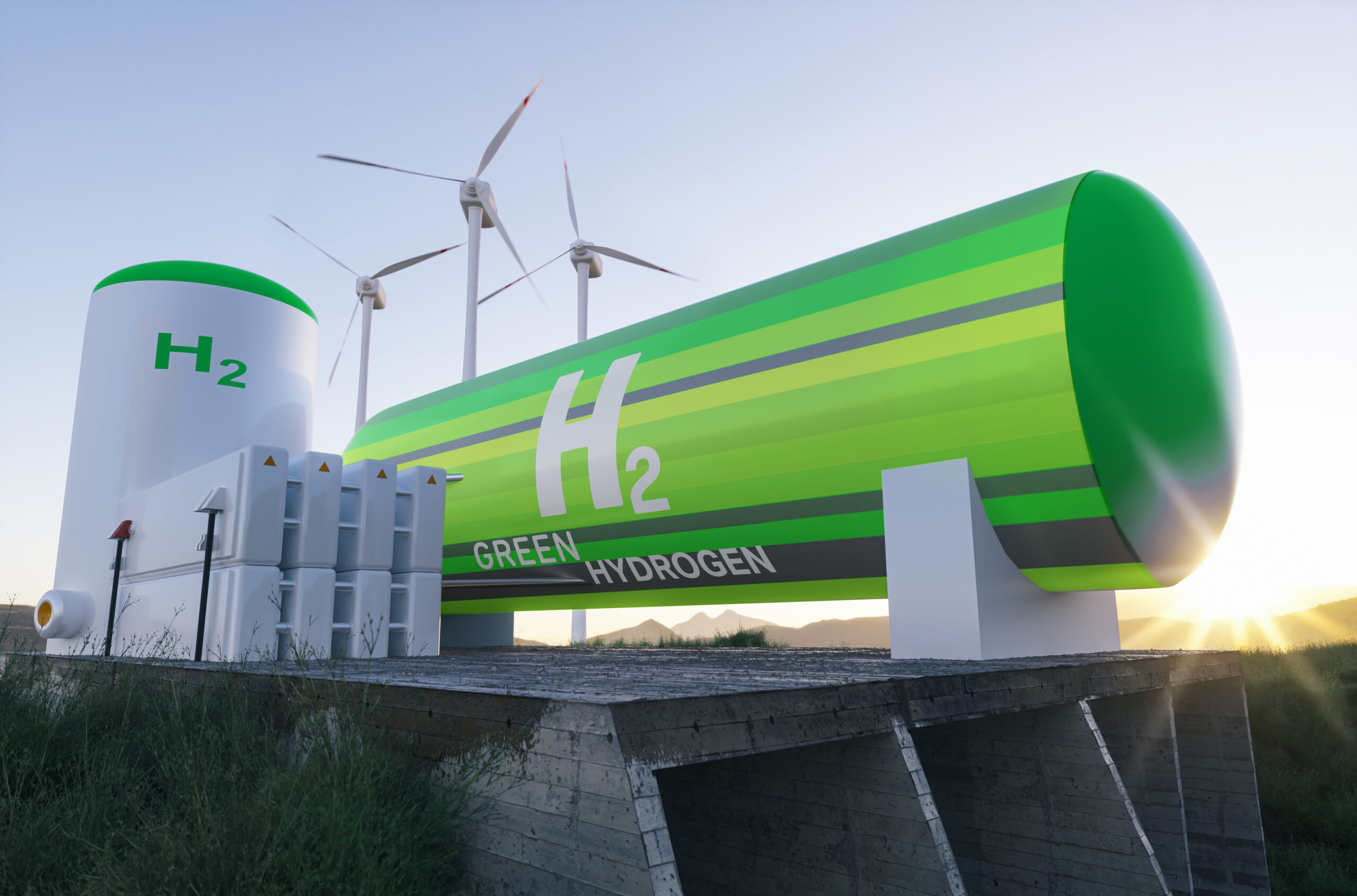India's Potential as a Global Leader in Green Hydrogen


India's green hydrogen sector presents substantial opportunities for decarbonizing heavy industries like steel and ammonia production, capturing export potential, generating employment across the value chain, and driving innovation in related technologies. The country's competitive renewable energy rates as low as 47 EUR per MWh further enhance its strategic advantage in this field.
However, several challenges need to be addressed to realize the full potential of green hydrogen in India. The high production cost of green hydrogen compared to conventional hydrogen derived from fossil fuels poses a significant obstacle. This disparity is due to the capital-intensive nature of electrolysis, the primary method for producing green hydrogen. Additionally, the lack of adequate infrastructure, including storage and transportation facilities, hinders the seamless integration of green hydrogen into existing energy systems.
To overcome these challenges and unlock the opportunities, India needs to focus on strategic investments in research and development to drive down production costs and improve the efficiency of electrolysis technologies. Policy support in the form of incentives, subsidies, and streamlined regulations can further catalyse its growth. Additionally, collaboration with international partners can provide access to advanced technologies and expertise, accelerating India's progress towards becoming a global green hydrogen hub.
The Indian government's emphasis on developing green hydrogen hubs, expanding renewable energy capacity specifically for green hydrogen production, and fostering partnerships between major Indian corporations and global leaders demonstrates its commitment to this sustainable energy source. These initiatives are not only crucial for India's own energy transition, but it also offers lucrative opportunities for global companies to enter the Indian green hydrogen market. By leveraging their expertise, technology, and investment capabilities, international players can collaborate with Indian stakeholders to drive innovation, scale up production, and contribute to building a robust green hydrogen ecosystem. This collaborative effort can pave the way for a sustainable future, both in India and globally.
As India strides towards becoming a global leader in green hydrogen, the collaborative efforts of both domestic and international stakeholders will be crucial in shaping this sustainable future. For further insights and exploration of opportunities in the Indian green hydrogen market, please reach out to Anup Barapatre and Dhananjay Mahale, experts at EAC.
Latest
India’s Technical Textile Sector: Strategic Growth Outlook

The April tariff shockwave necessitates navigating the new trade landscape

India’s Wind Sector at Scale: Infrastructure, Investment, and Industrialization

Elevated Experiences, Broader Appeal: India’s Premiumization Trend


